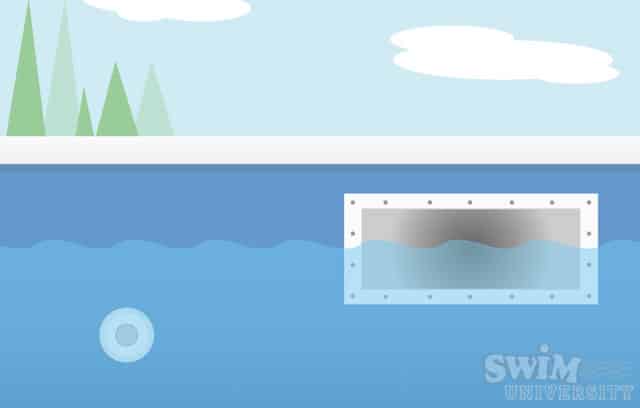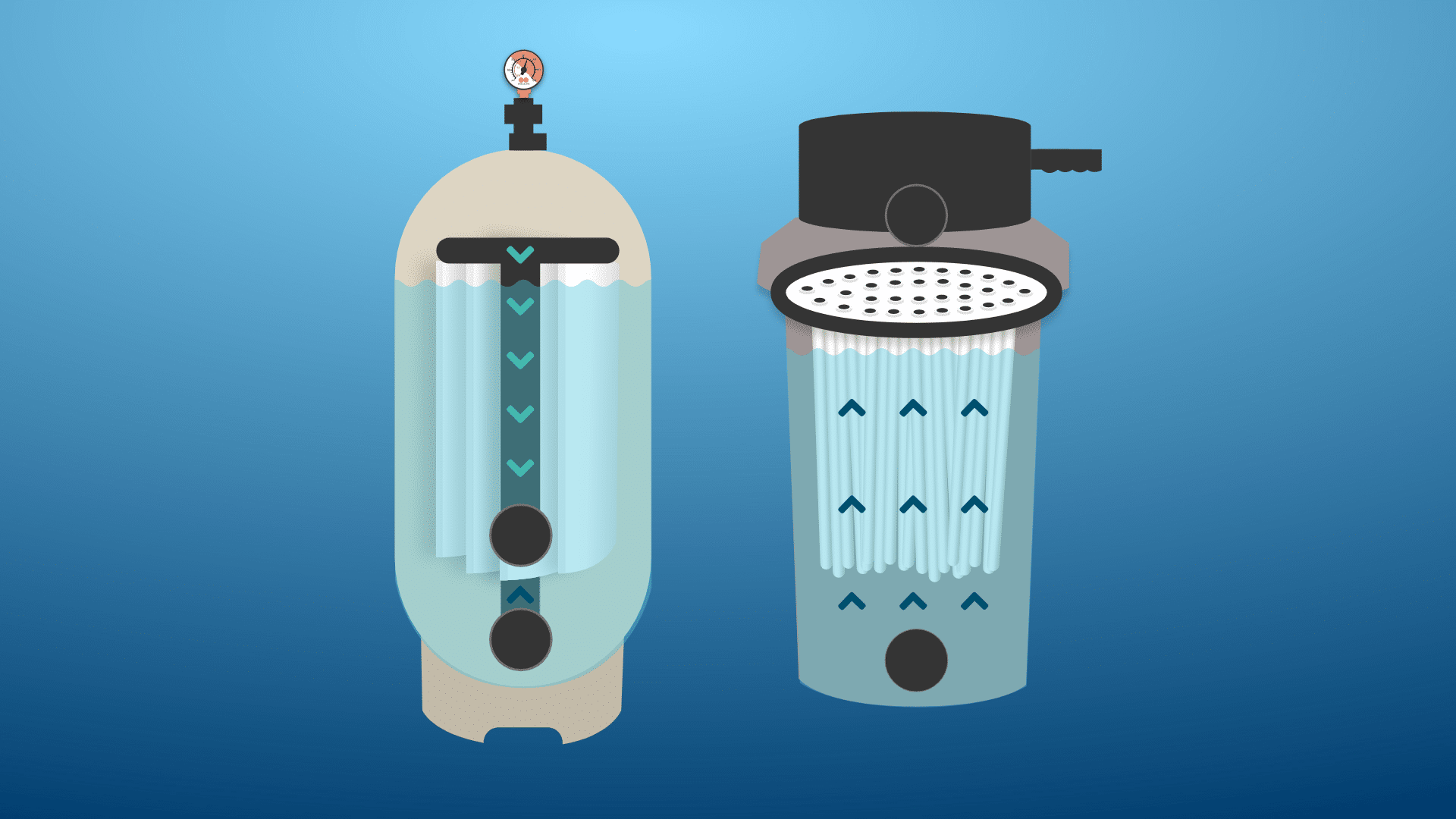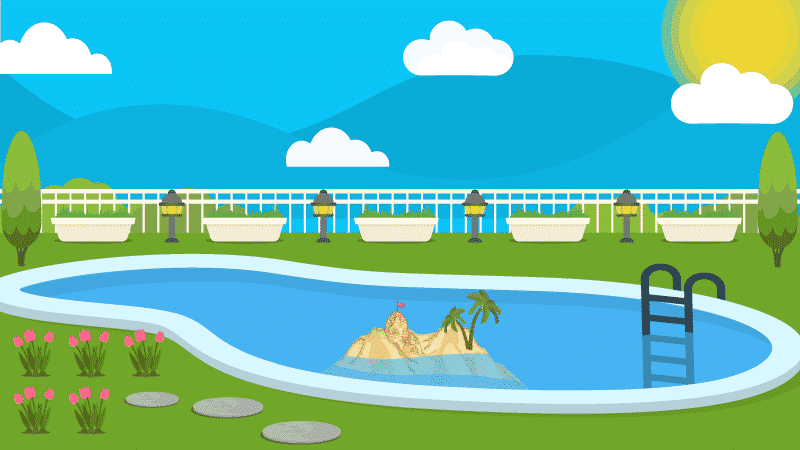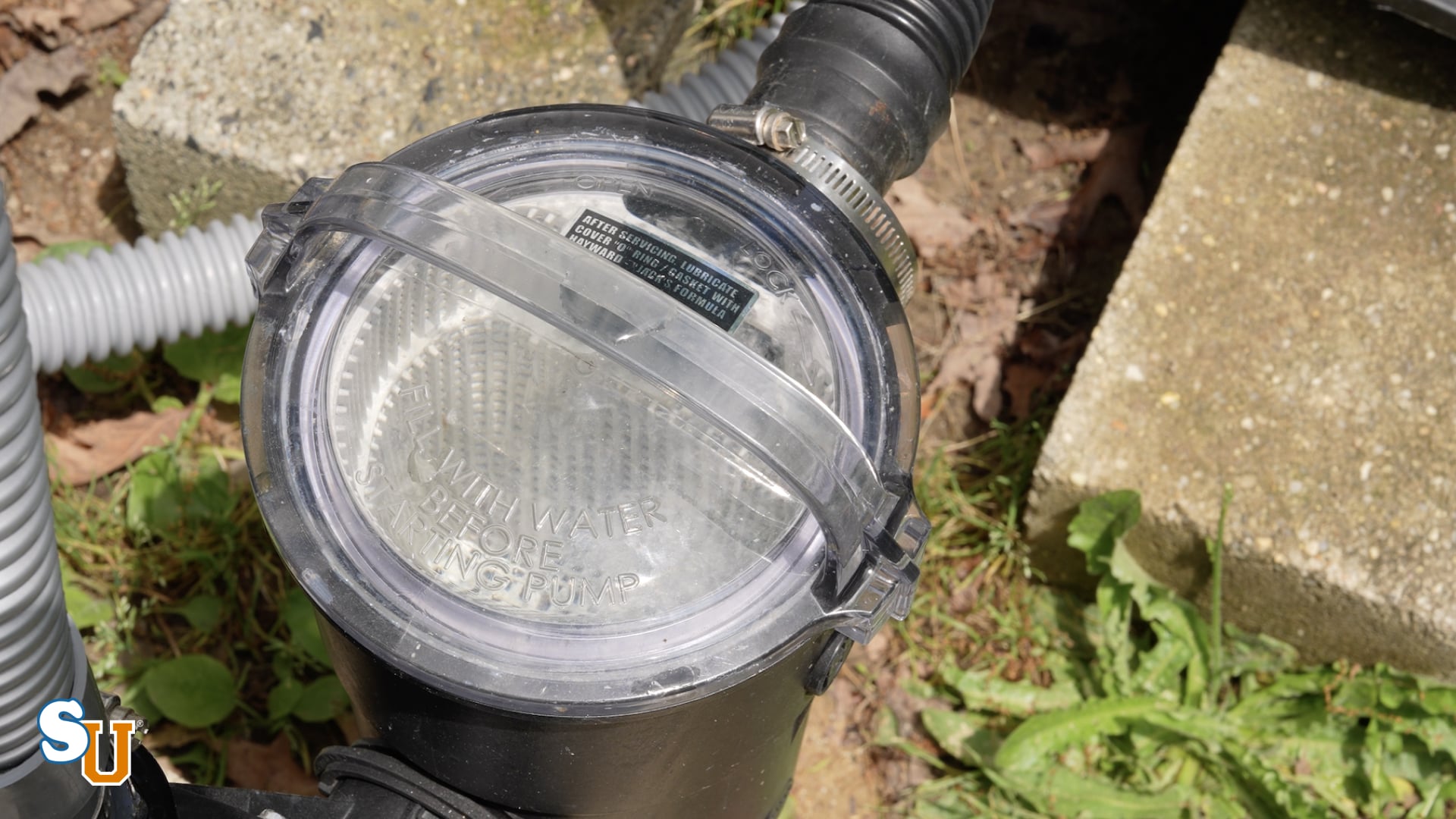How to Fix Air in a Pool Pump
Do you see air bubbles shooting out of the return jets in your pool? As whimsical as it may look, it’s not a good thing. The return jets should be returning water to the pool.
It’s a common problem, especially when you open your pool in the spring, and it has a simple cause: there’s air in the pool pump. Luckily, it’s easy to troubleshoot and fix.
How Did Air Get in the Pool Pump?
Don’t worry, it’s not as serious a problem as it may sound. When you see air bubbles in the pool, it’s likely the air is entering via the suction side of your pool. You can check three places to determine how you’re getting air in the pool pump.
The Skimmer(s)
This is where water is supposed to enter the filtration system. But if there’s a problem with the skimmer, there’s probably a problem with air in the system.
Check the Pool’s Water Level
If your pool doesn’t have enough water, your skimmer(s) might be pulling in air, which is why you’ll see bubbles in the pool. Be sure the water level sits in the middle of the skimmer’s opening.

Check the Skimmer Basket
Make sure the skimmer baskets are not damaged and are seated properly to ensure good water suction.
Check the Weir
This is the skimmer flap or door on the front of the skimmer. It’s there to trap large debris from entering the filtration system. It also regulates water flow into the system. Sometimes it can get jammed, so make sure it’s moving freely.
Note: If the skimmer doesn’t have a weir, it’s a good idea to install one.
The Pump
If everything seems to be OK with the skimmer, the problem may be with the pump itself.
Check the Pump Lid
If it’s cracked, that’s the problem. However, the most common issue has to do with the lid’s O-ring.
Check the O-Ring
Turn the pump off, remove the lid, and check the O-ring for cracks. Just bend the O-ring between your fingers, around the whole O-ring, to check for any signs of cracking.
If it looks like the O-ring is splitting or dry-rotted, it needs to be replaced. If there are no signs of cracking, that’s a good thing. Before you put it back onto the lid, spray it with a Teflon-based O-ring lubricant to create a better seal, and help keep it from drying out.
Use this stuff liberally on all rubber o-rings to get a tighter seal and it'll make them last longer too!
In the video below (at the 8:28 mark), I demonstrate how to check for cracks and apply lube to your pump lid O-ring.
Check the Pump Basket
Sometimes, if the basket is cracked, it won’t be seated correctly in the housing. Replace the broken filter basket, then make sure you clean it frequently and keep it properly seated so the lid seals properly.
Check the Drain Plugs
On the pump housing, you’ll find a drain plug, possibly two. Make sure the drain plugs are not loose or leaking. You can apply some pipe thread sealant tape, also called plumber’s tape, to the drain plug threads for a tighter seal.
This special tape stops water and gas from leaking where pipes connect. The tape is wide enough to wrap around pipes many times and comes with multiple rolls in one package. Made from strong material that seals tightly, it's perfect for fixing leaky pipes in your home or office.
Note: Remember, after you take it apart for any kind of maintenance, you may need to prime the pool pump before you start running it again. Also check out our other pool pump troubleshooting tips if you need more help.
The Union(s)
If you have an inground pool, you might have some unions in the plumbing. These are threaded connectors between piping that will allow you to easily replace your filter equipment without having to cut any pipe.
Inside the union, you’ll find another O-ring to check for damage. If you see cracks in the O-ring, replace it. If not, make sure the O-ring is properly seated inside its groove. If the O-ring isn’t in its groove (and we all know how that feels, right?), it won’t create a proper seal and will allow air to get into the system, which will create air bubbles in the pool.
Leave the Air Outside Where It Belongs
Air can be a good thing. It’s nice in balloons, in scuba tanks, and inside airplanes. But it’s not so great to get air in a pool pump.
Keep an eye on those jets, and the minute you start seeing bubbles in the pool, troubleshoot and the get the air outta there.
Happy Swimming!
3 Ways We Can Help With Your Pool
- Pool Care Cheat Sheets (Free): Easy-to-use downloadable guides to help you keep track of taking care of your pool this year.
- The Pool Care Handbook: An illustrated guide to DIY pool care, including water chemistry, maintenance, troubleshooting, and more.
- The Pool Care Video Course: You’ll get 30+ step-by-step videos and a downloadable guide with everything you need to know about pool maintenance.










